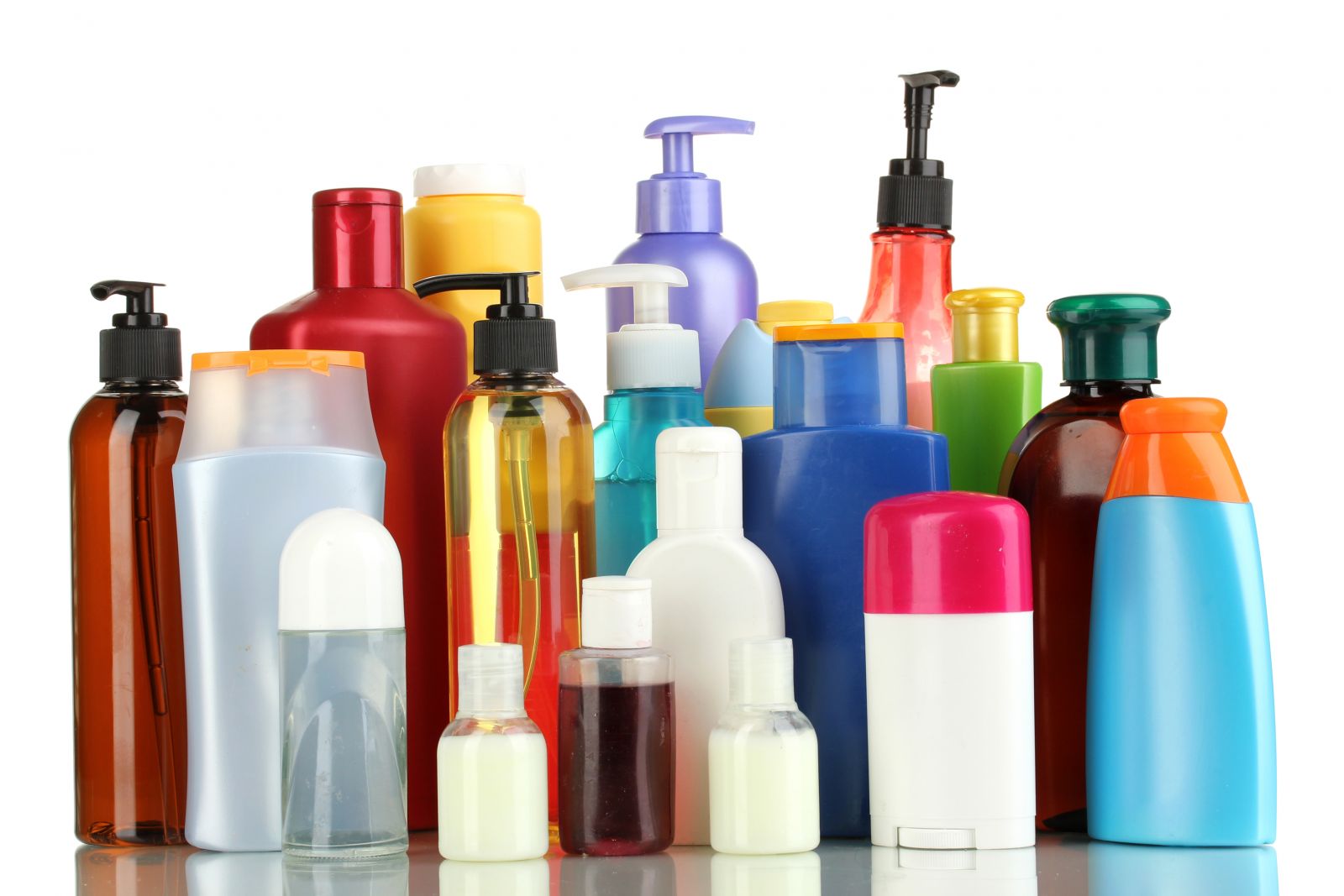Welcome to the DermacenterMD Blog
Posts for tag: skin cancer
 Have you heard about the uproar tanning salons have been under? It turns out there is growing concern that tanning beds lead to increased risk of skin cancer. The debate has gotten so intense some of the states and cities are imposing harsh regulations and fines on tanning businesses. In fact, the city of Chicago banned tanning for anyone under the age of 18 while Indiana passed a law making it illegal for anyone under the age of 16 to tan.
Have you heard about the uproar tanning salons have been under? It turns out there is growing concern that tanning beds lead to increased risk of skin cancer. The debate has gotten so intense some of the states and cities are imposing harsh regulations and fines on tanning businesses. In fact, the city of Chicago banned tanning for anyone under the age of 18 while Indiana passed a law making it illegal for anyone under the age of 16 to tan.
If this seems a bit harsh, we should consider the story of one of our patients who was having her first baby when a nurse we had seen recommended she see us for a suspicious mole. It turned out that the young lady of age 28 had been a frequent user of tanning salons. She had the suspicious mole on her lower back.
It turned out to be a melanoma, a potentially life threatening form of skin cancer. Fortunately for her, she had someone tell her to come in. She could not see the mole on her back and it was wonderful that the nurse at the hospital knew enough to send her our way. She is alive and doing well today because her melanoma was caught early.
She is one of several we have met who were frequent ‘tanners’ who ended up having melanoma. It has become my firm belief that tanning is not worth the risk. I also feel strongly that we should have a full skin exam every year since catching a melanoma early can truly be life saving. Get in for your exam today. Let’s keep you safe and strong for your bright future.
-Roger Moore, MD
 The low levels of Vitamin D in American today have caused a stir and confusion among health conscious individuals. According to an article published in the Archives of Internal Medicine in 2009 it was reported 23 percent of people in one survey had sufficient Vitamin D levels.
The low levels of Vitamin D in American today have caused a stir and confusion among health conscious individuals. According to an article published in the Archives of Internal Medicine in 2009 it was reported 23 percent of people in one survey had sufficient Vitamin D levels.
Vitamin D insufficiency is typically tied soft and weak bones which is medically termed rickets. There is growing concern that low Vitamin D levels may be tied to heart disease, diabetes, cancer, and other health related problems. Therefore, it is of importance that one maintains an appropriate Vitamin D level. It is also worth being aware that changes in how the blood levels were measured from the 1980s to current day may over dramatize the swing mentioned in the media.
The sun causes an action on the skin which does help the body synthesize Vitamin D. Among dermatologists who regularly recognize and treat skin cancer, this becomes an important topic because there is a significant and unquestionable correlation between sun exposure and skin cancer. Asking patients to get more sun exposure is contributing to an ongoing epidemic in skin cancer, according to many skin cancer experts.
Though there is not a quick and rapid solution, the American Academy of Dermatology recommends patients work to get their Vitamin D levels up through oral supplementation.This means eating foods which have higher levels of Vitamin D such as salmon, tuna, mackerel, and Vitamin D-fortified dairy products, such as milk. In addition, taking supplements with Vitamin D can be helpful.The Institue of Medicine established a Recommended Dietary Allowance (RDA) of 400 IU per day for infants, 600 IU per day for those age one to 70 and 800 IU per day for age 71 and older. It is also worth noting that too much Vitamin D can be a problem as well, so for people age nine and older individuals should not take more than 4000 IU.
The topic is one of debate and will continue to be an important area for health concerns in the future.
Sources:
>Scientific America - Vitamin D deficiency soars in the U.S., study says New research suggests that most Americans are lacking a crucial vitamin. March 23, 2009 |By Jordan Lite
>Americans Low on Vitamin D By Jennifer Warner, Reviewed by Elizabeth Klodas, MD, FACC on March 25, 2009
>Let's not call it the sunshine vitamin Public talking about vitamin D as IOM and AAD issue new recommendations By Jan Bowers, contributing writer, May 02, 2011
 The Skin Cancer Foundation
The Skin Cancer Foundation
Source: www.skincancer.org
Wearing sunscreen can cause vitamin D deficiency.
There is some controversy regarding this issue, but few dermatologists believe (and no studies have shown) that sunscreens cause vitamin D deficiency. Also, vitamin D is available in dietary supplements and foods such as salmon and eggs, as well as enriched milk and orange juice.
If it's cold or cloudy outside, you don't need sunscreen.
This is not true. Up to 40 percent of the sun's ultraviolet radiation reaches the earth on a completely cloudy day. This misperception often leads to the most serious sunburns, because people spend all day outdoors with no protection from the sun.
Eighty percent of your sun exposure comes as a child, so it's too late to do anything now.
It appears that this universally promoted idea was based largely on a misinterpretation. A recent multi-center study showed that we get less than 25 percent of our total sun exposure by age 18. In fact, it is men over the age of 40 who spend the most time outdoors, and get the highest annual doses of UV rays. And since adult Americans are living longer and spending more leisure time outdoors, preventing ongoing skin damage will continue to be an important part of a healthy lifestyle.
Buy a high-quality product with an SPF of 15 or higher; check its ingredients to make sure it offers broad-spectrum protection; and decide whether it works better for everyday incidental use or extended outdoor use. Finally, look for The Skin Cancer Foundation's Seal of Recommendation, which guarantees that a sunscreen product meets the highest standards for safety and effectiveness. Once you choose the right sunscreen, use it the right way. But remember, you should not rely on sunscreen alone to protect your skin against UV rays; it is just one vital part of a complete sun protection program. By following our Prevention Guidelines, you can lower your risk of developing skin cancer, while helping your skin look younger, longer.
 From The Skin Cancer Foundation
From The Skin Cancer Foundation
Source: www.skincancer.org
A new study appearing in the journal Nature greatly reinforces the findings of an earlier landmark genetic study linking damage from the sun’s ultraviolet rays (UVR) to melanoma, the deadliest form of skin cancer. In 2009, researchers out of Hinxton, England, used new molecular technology to examine the complete genetic material (the genome) of a melanoma taken from a patient with the disease, identifying thousands of mutations (genetic flaws) caused by damage from solar UVR. The study has been seen as the greatest evidence to date that UVR causes genetic damage that may lead to melanoma.
Now, researchers at Harvard and MIT have studied the genomes of 25 melanoma patients. They discovered a specific gene, PREX2, that was damaged and mutated in 11 of the 25 genomes. They observed, furthermore, that the amount of mutations in this gene was directly linked to chronic UV exposure; the more exposure patients had, the more mutations they had in PREX2, apparently confirming the role of sun damage in melanoma development. PREX2 mutations have occasionally been reported in colon, lung, and pancreatic cancer, and frequently reported in breast cancers; they have been found to accelerate tumor formation in human melanocytes (the pigment cells where melanomas develop).
PREX2 normally interacts with a certain tumor-suppressing protein; UV damage may cause changes in PREX2 that allow the protein to turn from a tumor suppressor into a tumor promoter, thereby leading to melanoma.
“We still can’t say we know exactly how it works,” says Levi A. Garraway, senior coauthor of the study. “But PREX2 may be a very new category of mutated cancer genes that point us to at least one and maybe more pathways worth targeting therapeutically in melanoma.”
Professor Mark Middleton, director of Cancer research UK’s Experimental Cancer Medicine Center at the University of Oxford, said that the study highlighted the important role played by sun damage in melanoma, and emphasized the need to follow simple sun safety measures such as shade, clothing, and SPF15+ sunscreen.
 Adults who use sunscreen daily can drastically reduce their risk of developing melanoma, the deadliest form of skin cancer, according to recent landmark research from Australia. Researchers found that daily application of an SPF 16 sunscreen to the head, neck, arms, and hands reduced melanoma incidence by half in study participants.
Adults who use sunscreen daily can drastically reduce their risk of developing melanoma, the deadliest form of skin cancer, according to recent landmark research from Australia. Researchers found that daily application of an SPF 16 sunscreen to the head, neck, arms, and hands reduced melanoma incidence by half in study participants.
In the Australian study, led by epidemiologist Adele Green, MD, University of Queensland, more than 1,600 white Australian adults between age 25 and 65 were studied for more than a decade. The subjects were divided into two groups, one told to continue using (or not using) sunscreen as they always had, the other given careful instruction in proper daily sunscreen application. The subjects were monitored closely through daily self-reports of sunscreen use, as well as collection and examination of all the sunscreen containers they had used. Only 11 melanomas developed in the daily sunscreen users, vs. 22 in the control group, a 50 percent reduction. In addition, invasive melanomas (tumors that penetrate beyond the skin surface) were reduced by 73 percent (3 tumors vs. 11) and average thickness by more than half a millimeter in the daily sunscreen group.
The trial's findings are the first to provide strong direct evidence for a reduction in the incidence of invasive melanoma after regular application of broad-spectrum sunscreen in adults. The scientists acknowledge that the study was relatively small and needs to be reinforced by further research, but consider their results convincing enough to recommend daily sunscreen application, along with "other standard sun protection measures like avoiding midday sun and use of protective clothing."
From: The Skin Cancer Foundation
Source: www.skincancer.org
Archive:
Tags
- dry skin (2)
- moisturizer (1)
- sensitive skin (3)
- PA (2)
- Skincare (2)
- skin cancer (29)
- cancer (6)
- facts (1)
- skin (19)
- dermatology (22)
- skin care (19)
- cosmetic (2)
- wrinkles (1)
- Botox (4)
- Dysport (3)
- sleep (1)
- look good (1)
- daily routine (1)
- healthy lifestyle (1)
- doctor (2)
- patient (1)
- sun protection (5)
- sunscreen (14)
- aging dermatology (1)
- providers (1)
- tanning (2)
- sun (6)
- UVA rays (2)
- UVB rays (2)
- melanoma (10)
- Acne (2)
- Treatment (2)
- sunscren (1)
- sun exposure (5)
- Melanoma Monday (2)
- Skin Cancer Awareness Month (1)
- education (2)
- skin cancer specialist (1)
- basal cell carcinoma (1)
- squamous cell carcinoma (1)
- ingredients (2)
- improve your smile (1)
- cosmetics (1)
- laser (1)
- fillers (2)
- sunburn (3)
- avoid the sun (1)
- hat (1)
- sun clothing (1)
- SPF (1)
- Rosacea (3)
- NP (1)
- Nurse Practitioner (1)
- mid-level provider (1)
- physician (1)
- dermatologist (6)
- cosmetic dermatology (4)
- anti-aging (2)
- youthful looks (1)
- Eczema (2)
- rash (2)
- itch (1)
- the rash that itches (1)
- reduce itch (1)
- itching (1)
- getting along with others (1)
- basal cell (2)
- squamous cell (2)
- detection (1)
- Mohs surgery (2)
- photoaging (1)
- Inspiring (1)
- word of the day (1)
- inspiration (3)
- uplifting (1)
- protection (4)
- lips (1)
- reduce wrinkles (1)
- look younger (1)
- encouragement (1)
- never give up (1)
- you can do it (1)
- medical school (1)
- dreams (1)
- brown spots (1)
- moles (2)
- liver spots (1)
- age spots (1)
- Abe Lincoln (1)
- life lessons (1)
- lip cancer (1)
- health (12)
- motivation (1)
- work (1)
- people (2)
- home life (1)
- lifestyle (1)
- ABCDEs of Melanoma (1)
- mole (1)
- skin check (2)
- skin facts (2)
- odd (1)
- fun (1)
- interesting (1)
- lung cancer (1)
- disease (1)
- Christmas (2)
- gifts (1)
- sun burn (1)
- winter skin tips (1)
- itchy skin (1)
- winter skin (1)
- myths (1)
- myth busted (1)
- skin protection (1)
- sunscreen safety (1)
- specialist (1)
- red skin (1)
- irritation (1)
- feel good (1)
- helping (1)
- help (1)
- helping others (1)
- treatment options (1)
- skin health (9)
- Vitamin D (2)
- tanning beds (1)
- skin health. dermatology (1)
- sunshine (1)
- awareness (1)
- prevention (1)
- sun damage (3)
- connections (1)
- working together (1)
- health care (1)
- biotin (1)
- medical (1)
- aging (1)
- elkhart (1)
- Roger Moore (1)
- check (1)
- skin type (1)
- skin cancer prevention (1)
- gift guide (1)
- Christmas gift guide (1)
- Dr. Roger Moore (1)
- holidays (1)
- family history (1)
